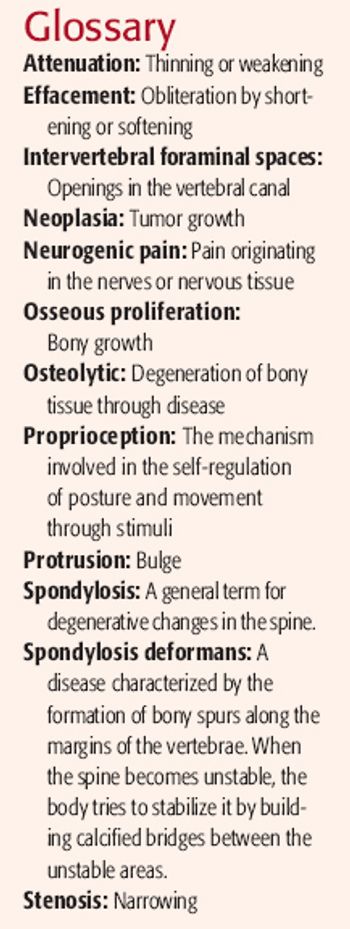
You can reduce your patients' potential for problems by staying clear of these common pitfalls.
Jennifer Keefe, CVT, VTS (ECC, anesthesia), has 14 years' experience working in veterinary emergency and critical care in southern New Hampshire and eastern Massachusetts.

You can reduce your patients' potential for problems by staying clear of these common pitfalls.

Follow Pollux's tale, and discover more about disk disease in cats.

All veterinary team members play a role in providing patients safe anethetic experiences.

Anesthesia is a vital inclusion in any clinic's medical practice, but it does come with risks. By avoiding these common mistakes, your patients will receive a safer anesthetic experience.

Don't assume dental procedures are of little anesthetic risk.

Pain management in veterinary medicine was practically unheard of twenty years ago, and it has advanced dramatically over the past decade. Not only is the physiology of pain and its effects becoming better understood, pain management is considered a vital part of most treatment plans.

Monitoring anesthetized patients is imperative for all procedures. All anesthetic drugs act as cardiovascular and respiratory depressants on varying levels, and they can compromise a patient's homeostasis at unpredictable times in unpredictable ways. Crises are rapid in onset and devastating in nature.

Critical patients and patients undergoing prolonged and invasive procedures may need more intensive monitoring due to their increased risk for anesthetic complications. Some of these methods of monitoring may become more common in the near future considering veterinary anesthesia has advanced dramatically over the past decade.

All anesthetic drugs act as cardiovascular and respiratory depressants on varying levels, and they can compromise a patient's homeostasis at unpredictable times in unpredictable ways. A patient must maintain adequate blood pressure for the duration of any surgical procedure because prolonged anesthetic hypotension can have devastating effects such as renal failure or brain damage.

CRI stands for continuous rate infusion, and its use is becoming more prevalent in the veterinary field as a method to control intraoperative and postoperative pain. It was not long ago that the best options for surgical pain management were intramuscular or bolus injections of opioids, which remain acceptable options, but CRIs can be a better option for patients undergoing prolonged, invasive or painful procedures.

Anesthesia is concerning for every patient, this is especially so when the patient has pre-existing conditions. The value of a thorough physical examination and detailed history cannot be underestimated as part of a balanced anesthetic plan because the goal of the plan is to maximize its' effects while minimizing patient complications.

Published: July 1st 2011 | Updated:

Published: April 1st 2010 | Updated:

Published: April 1st 2010 | Updated:

Published: April 1st 2010 | Updated:

Published: April 1st 2010 | Updated:

Published: April 1st 2010 | Updated: